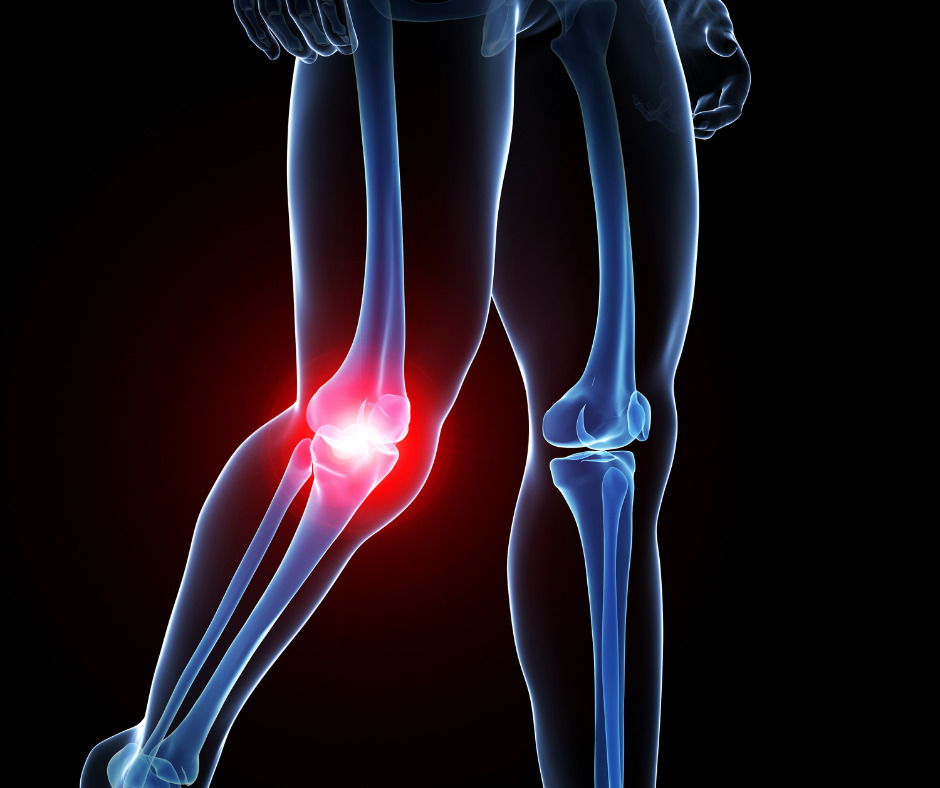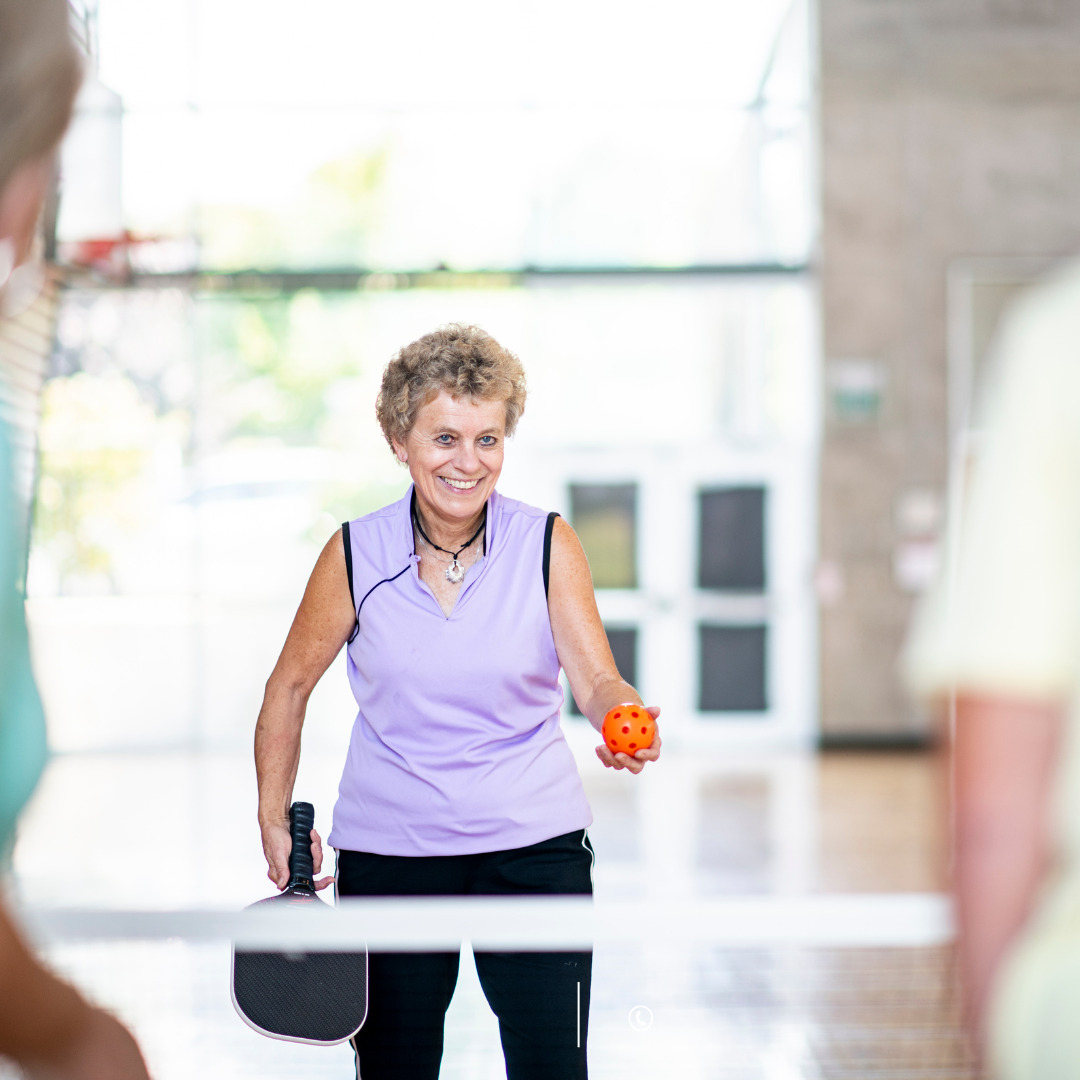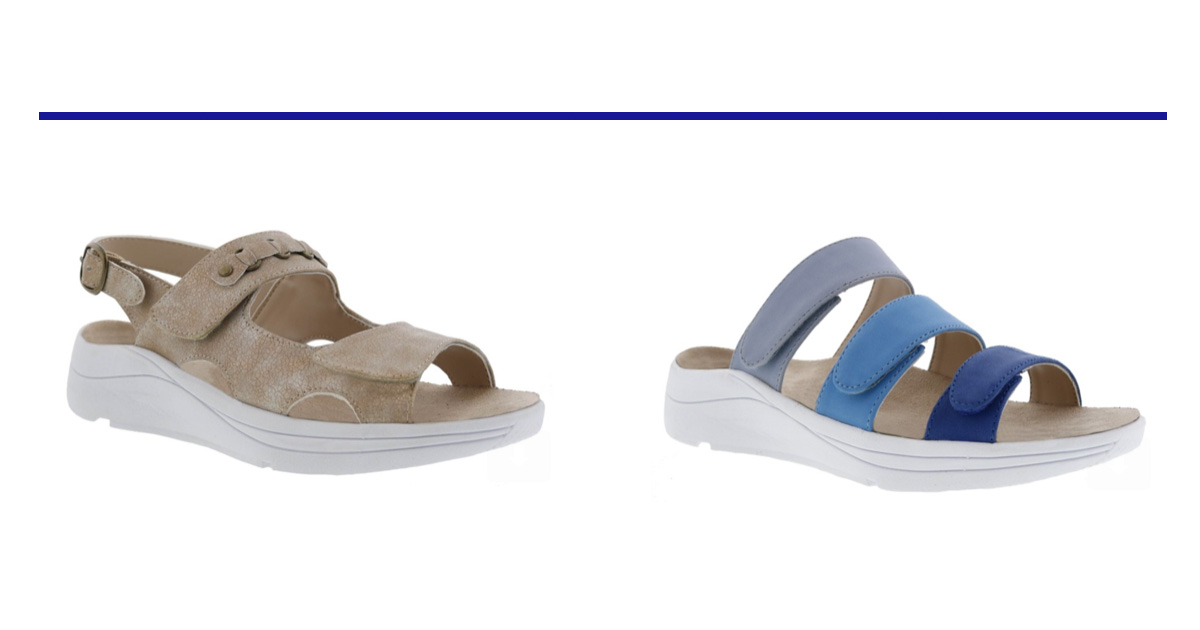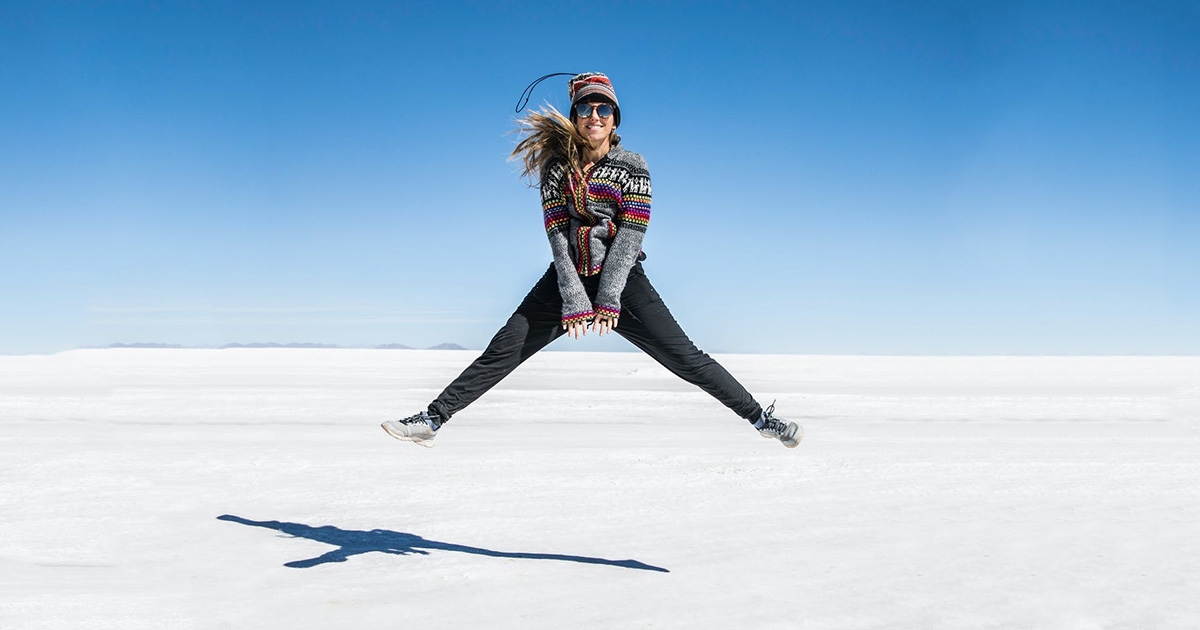Sensorimotor orthotics represent an interesting alternative to traditional foot orthotic treatment. The goal of both treatments is to address biomechanical issues in the feet, legs and back by correcting any foot misalignment that may be contributing to the problems. However, the two methods go about it in very different ways.
Traditional foot orthotics support and stabilize the foot to improve skeletal alignment and reduce pain. They are described as passive support in the sense that the orthotic is doing the work of correcting the foot by supporting the ligaments and bones. Traditional orthotics also work to distribute weight more effectively across the sole to alleviate pressure or impact related discomfort.
Sensorimotor orthotics aim to correct improper foot alignment by stimulating the muscles in the feet and lower legs. This stimulation causes the central nervous system to respond by relaxing or tensioning the muscles accordingly. This muscle activity works to improve joint alignment, thereby reducing pain. This is a significant difference from traditional foot orthotics in that sensorimotor orthotics provide more of an active support as the muscles are trained to function more effectively. In some cases this even allows for long-term correction of the biomechanical issue through the improvement of muscle function.
Traditional foot orthotics have been helping people reduce their pain and increase their activity level for decades, and for many people, they will continue to be an important part of their treatment plan. For some people, sensorimotor orthotics provide a viable alternative, one that has particularly exciting applications for children and people dealing with neurological conditions. This includes stroke patients as well as those suffering from Multiple Sclerosis, Parkinson’s Disease and other conditions.
An assessment with your Canadian Certified Pedorthist can help determine which treatment option would be best for you. Call Soles in Motion and book a mini-assessment to find out what is best for you.
Written by Canadian Certified Pedorthist Graham Gilbert










